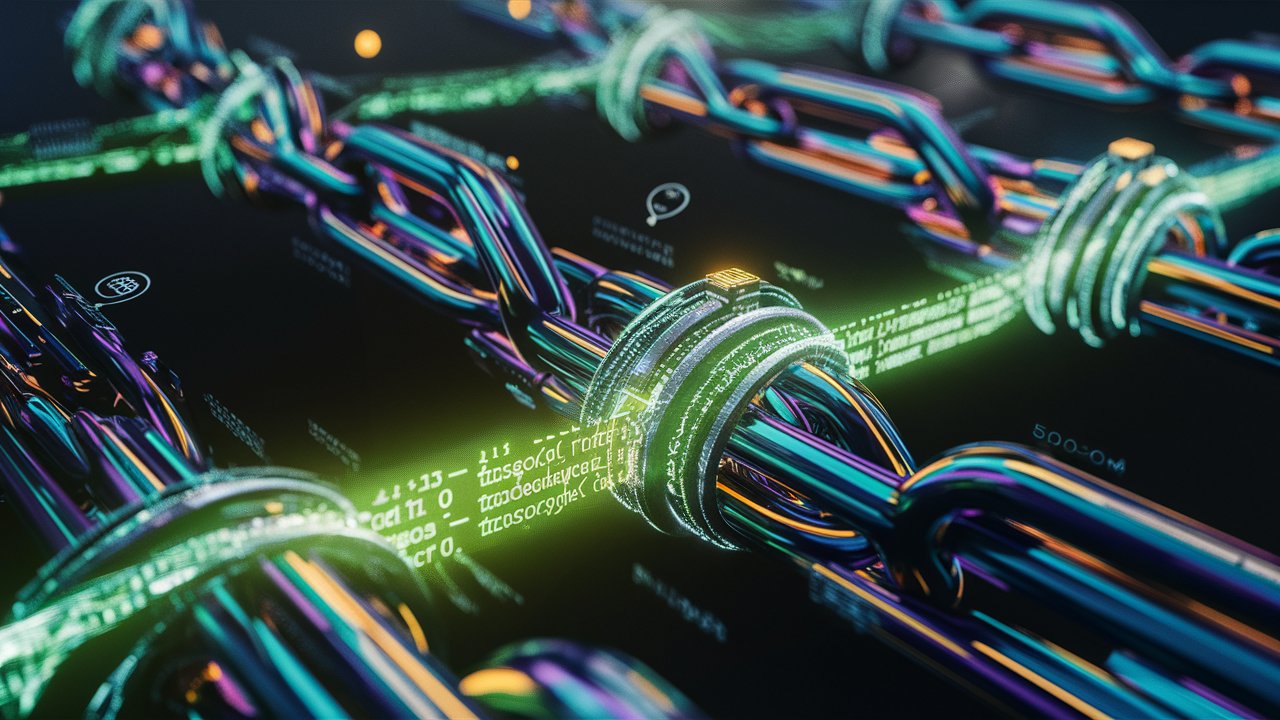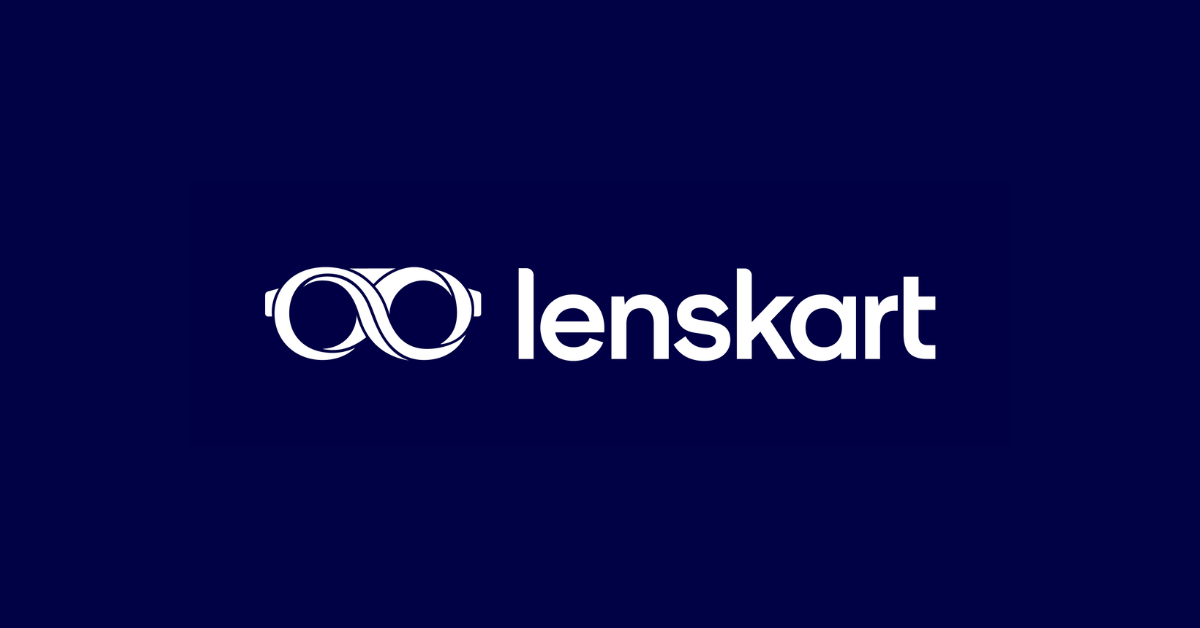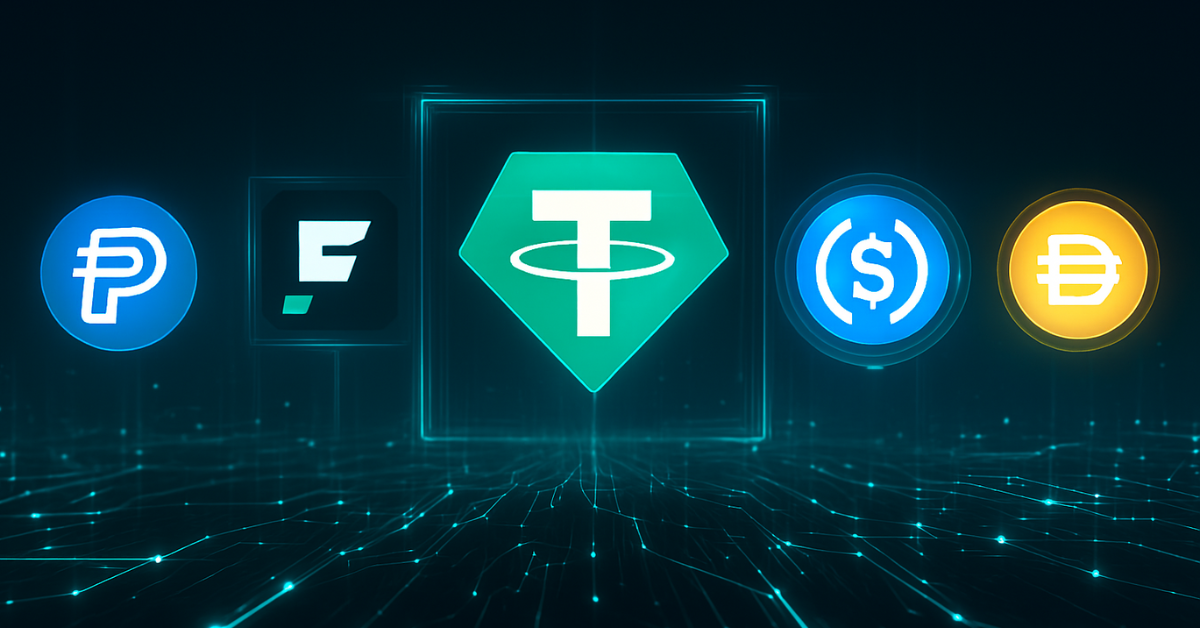- Home
- /
- Courses
- /
- Fundamentals of Web3.0
- /
- I. Scalability and Layer 2…
Introduction
As Web3.0 gains traction, the promise of a decentralized internet hinges on one critical challenge: scalability. Blockchain networks, the backbone of Web3.0, struggle to handle the transaction volumes required for mainstream adoption, often hampered by high fees and slow processing times. For instance, Ethereum, a cornerstone of decentralized applications, can process only 15–30 transactions per second (TPS) compared to Visa’s 24,000 TPS. This bottleneck threatens the accessibility and efficiency of Web3.0 applications like DeFi, NFTs, and DAOs. Enter Layer 2 solutions—innovative technologies designed to enhance blockchain scalability without compromising security or decentralization. This chapter explores the scalability challenges facing Web3.0, delves into the mechanics of Layer 2 solutions like rollups and sidechains, and examines cross-chain interoperability protocols. By the end, you’ll understand how these advancements are unlocking Web3.0’s potential, making it faster, cheaper, and ready for global adoption in 2025.
Picture a bustling digital marketplace where millions trade tokens, mint NFTs, or vote in DAOs seamlessly, without delays or exorbitant costs. Layer 2 solutions are turning this vision into reality, building atop foundational blockchains (Layer 1) to process transactions off-chain while leveraging their security. From Polygon’s rapid growth to Polkadot’s interoperable ecosystem, these technologies are not just technical fixes but catalysts for a decentralized future. In this chapter, we’ll unpack the limitations of current blockchains, explore cutting-edge solutions, and glimpse the future of a scalable Web3.0.
Blockchain Scalability Challenges
Scalability refers to a blockchain’s ability to handle increased transaction volume while maintaining speed, low costs, and security. The “blockchain trilemma” posits that blockchains struggle to balance three goals: scalability, security, and decentralization. Most prioritize two at the expense of the third, leading to challenges:
- Transaction Speed: Ethereum processes 15–30 TPS, far below centralized systems like PayPal (450 TPS). This causes delays during network congestion.
- Gas Fees: High demand on Ethereum spikes gas fees, with simple transactions costing $5–$50 in 2021–2022 peaks. Even in 2025, complex DeFi operations can be costly.
- Network Congestion: Popular dApps, like Uniswap or OpenSea, overload networks, slowing confirmations and raising costs.
- Storage and Bandwidth: Storing the entire blockchain (e.g., Ethereum’s 1 TB+ for full nodes) and syncing data across nodes strain resources.
These limitations hinder Web3.0’s adoption, making transactions inaccessible for casual users or small-scale applications. Layer 2 solutions address these by offloading computation while preserving Layer 1’s trustlessness.
Layer 2 Solutions: Enhancing Scalability
Layer 2 (L2) solutions are protocols built atop Layer 1 blockchains (e.g., Ethereum) to process transactions off-chain, reducing congestion and costs while leveraging Layer 1’s security. They fall into two main categories: rollups and sidechains.
Rollups
Rollups bundle (or “roll up”) hundreds or thousands of transactions into a single batch, process them off-chain, and submit a compressed proof to Layer 1. They maintain security by anchoring to the main chain. There are two types:
- Optimistic Rollups: Assume transactions are valid unless challenged, with a dispute period (e.g., 7 days) for fraud proofs. Optimism and Arbitrum are leading examples, processing up to 2,000 TPS at fractions of Ethereum’s gas costs. For instance, Arbitrum’s Nitro upgrade in 2025 reduced fees by 50%, powering dApps like Uniswap V3.
- Zero-Knowledge (ZK) Rollups: Use cryptographic proofs (zk-SNARKs or zk-STARKs) to verify transactions instantly, offering higher security but requiring complex computation. ZkSync and StarkNet lead, with zkSync Era handling 10,000 TPS in 2025 testnets. ZK-rollups excel for privacy-focused applications, like anonymous DeFi trades.
Rollups are game-changers: they inherit Ethereum’s security while slashing fees to $0.01–$0.10 per transaction, making Web3.0 accessible to millions.
Sidechains
Sidechains are independent blockchains linked to a Layer 1 chain, with their own consensus mechanisms. They process transactions separately but can bridge assets to the main chain. Polygon PoS, a leading sidechain, achieves 7,000 TPS with fees under $0.01, used by Aave and Decentraland. However, sidechains trade off some security, as they don’t rely on Layer 1 for consensus, making them less decentralized than rollups.
State Channels and Plasma
Less common but notable, state channels (e.g., Lightning Network for Bitcoin) enable off-chain transactions between parties, settling only the final state on-chain. Plasma, an early Ethereum scaling solution, creates child chains but has waned due to data availability issues. These are niche but relevant for specific use cases like microtransactions.
By 2025, rollups dominate, with Arbitrum and Optimism holding 60% of Layer 2 TVL ($20 billion), while Polygon’s sidechain thrives for gaming and NFTs.
Popular Layer 2 Platforms
Several Layer 2 platforms lead the charge in scaling Web3.0:
- Polygon: A hybrid solution offering a PoS sidechain and zkEVM (a ZK-rollup). Polygon processes 7,000 TPS and hosts dApps like Aave, with integrations for NFT minting and DeFi. Its 2025 roadmap includes Polygon Miden, a ZK-rollup for privacy.
- Arbitrum: An optimistic rollup leader, Arbitrum powers high-throughput dApps like GMX, a decentralized derivatives platform. AnyTrust protocol in 2025 enhances data availability for enterprise use.
- Optimism: Known for its EVM compatibility, Optimism supports Uniswap and Synthetix, with fees 10x lower than Ethereum’s mainnet. Its Bedrock upgrade improves modularity.
- zkSync: A ZK-rollup pioneer, zkSync Era offers near-instant finality and low costs, ideal for DeFi and payments. By 2025, it will support 1,000+ dApps.
- StarkNet: Using zk-STARKs, StarkNet excels in complex computations, powering applications like dYdX for perpetual futures trading.
These platforms make Web3.0 viable for mainstream use, with Layer 2 TVL growing 40% annually in 2025.
Cross-Chain Interoperability
Scalability isn’t just about speed—it’s about connecting blockchains. Cross-chain interoperability enables dApps and assets to operate across networks, enhancing Web3.0’s ecosystem. Key protocols include:
- Polkadot: A “layer 0” protocol connecting blockchains (parachains) via a relay chain. Polkadot’s XCM (Cross-Consensus Messaging) allows seamless data and asset transfers, with 1 million TPS potential across its ecosystem.
- Cosmos: Uses the Inter-Blockchain Communication (IBC) protocol to link independent chains. Cosmos supports DeFi dApps like Osmosis, with 2025 upgrades boosting cross-chain NFT transfers.
- Chainlink CCIP: Chainlink’s Cross-Chain Interoperability Protocol enables secure messaging and token transfers, used by Aave for cross-chain lending.
- Bridges: Tools like Wormhole and LayerZero facilitate asset transfers (e.g., moving ETH from Ethereum to Solana). However, bridges are vulnerable, with $2 billion lost to hacks by 2025.
Interoperability fosters a unified Web3.0, allowing dApps to leverage multiple chains’ strengths—Ethereum’s security, Solana’s speed, or Polygon’s low costs.
Practical Applications
Layer 2 and interoperability solutions power Web3.0’s growth:
- DeFi: Uniswap on Optimism offers low-fee token swaps, while Aave on Polygon supports cross-chain lending.
- NFTs: OpenSea’s Polygon integration enables gas-free minting, with 2025 seeing 50% of NFT trades on Layer 2.
- Gaming: Immutable X, a ZK-rollup, powers gas-free NFT trading for games like Gods Unchained, processing 9,000 TPS.
- DAOs: Snapshot integrates with Layer 2 for low-cost voting, enhancing DAO governance efficiency.
For example, a user might swap tokens on Uniswap (Optimism), mint an NFT on Polygon, and vote in a DAO on Arbitrum, all within minutes and for pennies, showcasing Layer 2’s impact.
Challenges and Limitations
Layer 2 solutions face hurdles:
- Complexity: Developers must adapt dApps for specific Layer 2 protocols, increasing development time.
- Security Risks: Optimistic rollups’ dispute periods and bridge vulnerabilities invite attacks, as seen in the $600 million Ronin bridge hack.
- Data Availability: Ensuring off-chain data is accessible for verification remains a challenge, though ZK-rollups mitigate this.
- User Experience: Switching between Layer 1 and Layer 2 networks (e.g., via MetaMask) confuses non-technical users.
By 2025, solutions like automated bridging and wallet UX improvements are addressing these, but adoption lags in less tech-savvy regions.
Future of Scalability
The future of Web3.0 scalability is bright:
- Ethereum 2.0 and Sharding: Ethereum’s sharding, rolling out in phases through 2026, will split the blockchain into 64 shards, boosting TPS to 100,000+.
- Advanced ZK-Rollups: Projects like zkSync and StarkNet aim for sub-second finality and privacy enhancements.
- Interoperability Standards: Protocols like Polkadot and Cosmos will unify ecosystems, with 2025 pilots for cross-chain DAOs.
- AI Integration: AI optimizes transaction batching and bridge security, reducing costs and risks.
By 2030, the Layer 2 market is projected to exceed $50 billion, driving Web3.0’s mainstream adoption.
Recommended Readings
To deepen your understanding of scalability and Layer 2 solutions, explore these authoritative resources:
- “Mastering Ethereum” by Andreas M. Antonopoulos and Gavin Wood: Covers Ethereum’s scaling challenges and Layer 2 solutions like rollups.
- “Layer 2 Scaling Solutions” (Ethereum.org): Official documentation on rollups, sidechains, and Ethereum’s scalability roadmap.
- “The Polkadot Protocol Specification” (Polkadot Whitepaper): Details Polkadot’s interoperability model and parachain architecture.
- “Scaling Ethereum: A Guide to Layer 2” (CoinDesk article): A 2025 analysis of rollups, sidechains, and their impact on Web3.0.
- “Zero-Knowledge Proofs and Blockchain Scalability” by Vitalik Buterin (vitalik.ca): Insights into ZK-rollups and future scaling trends.
Conclusion
Scalability is the linchpin of Web3.0’s success, and Layer 2 solutions like rollups and sidechains are breaking the blockchain trilemma, delivering speed and affordability without sacrificing security. Platforms like Polygon, Arbitrum, and Optimism, alongside interoperability protocols like Polkadot, are transforming DeFi, NFTs, and DAOs into accessible, global systems. While challenges like complexity and security persist, innovations in sharding, ZK-rollups, and cross-chain bridges are paving the way for a scalable, interconnected Web3.0. This chapter has illuminated the mechanics and impact of these solutions, preparing you to explore their applications and the broader decentralized future in the final chapters. The path to a seamless Web3.0 is clear—Layer 2 is leading the charge.











